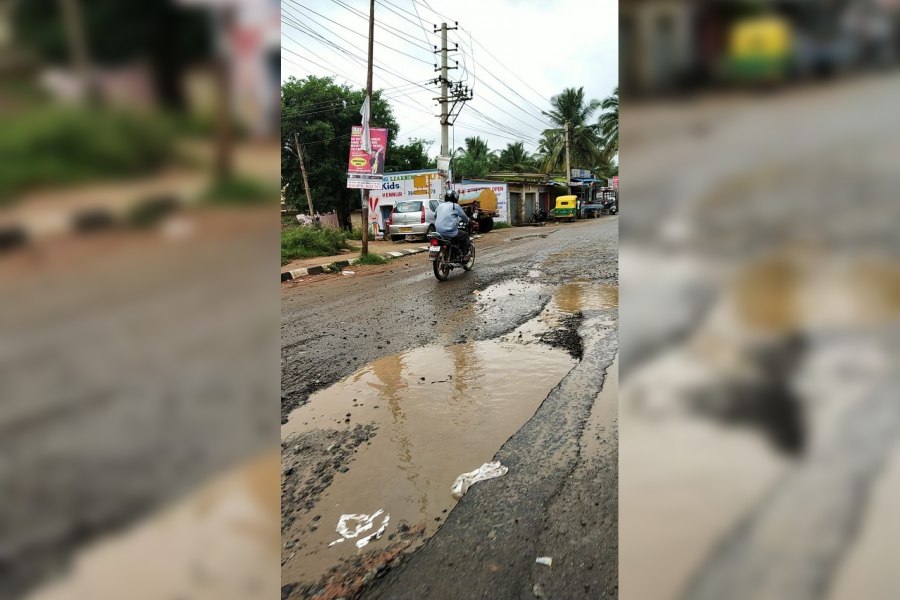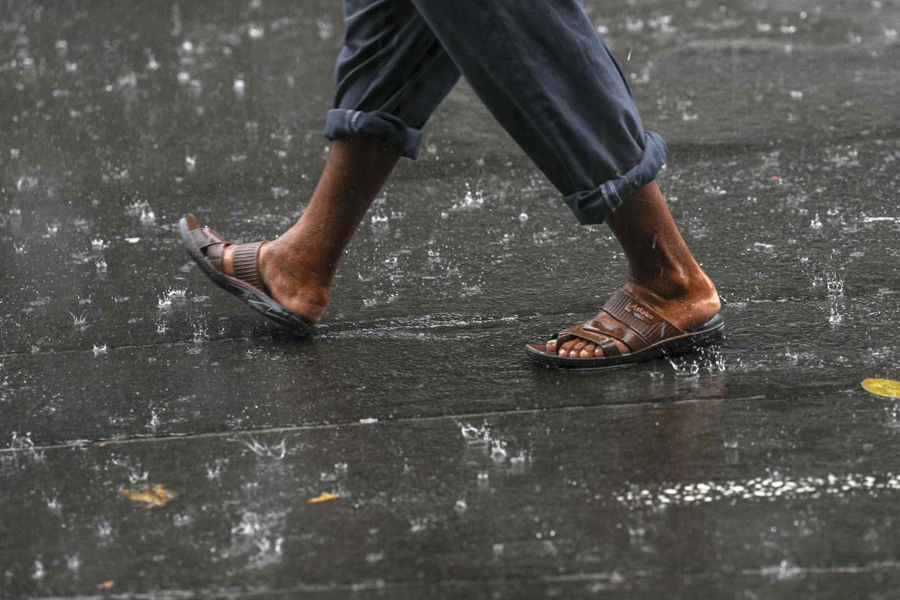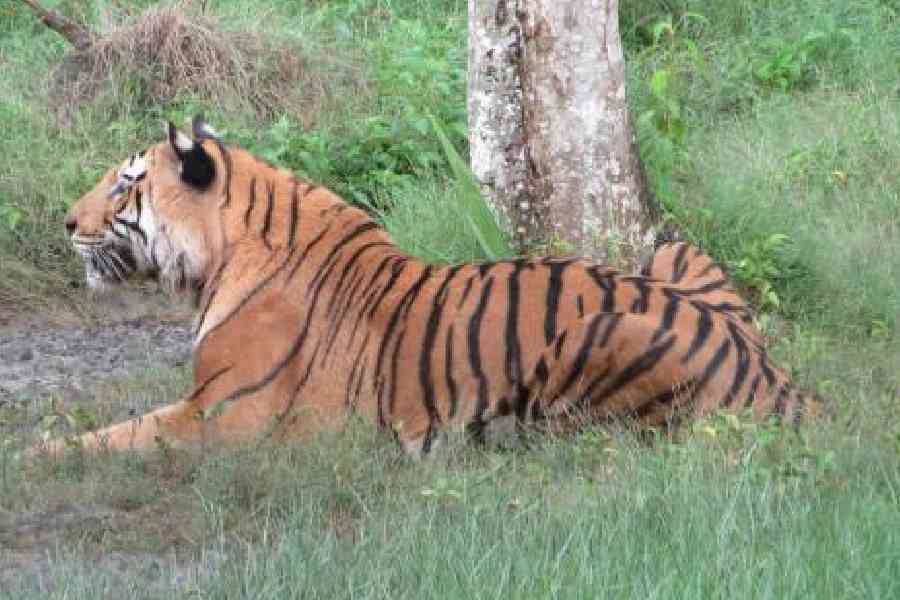
Bhubaneswar, Dec. 23: An array of authentic traditional headpiece, worn by the female Odissi dancers, is up for grabs at the Odissi International dance festival being held at Bhanja Kala Mandap.
The crown, popularly known as tahia, has been made from dried reeds called sola and is part of the dance form since the beginning. But, there are only a few Puri-based craftsmen, who still make it and supply to stores in Bhubaneswar and Cuttack.
Those on display at the festival are the works of craftsman Surya Narayan Das of Puri.
The crown consists of two parts - ghoba and tahia. The flower-decorated ghoba is fitted around the dancer's hair, which is pulled into a bun at the back of head. This represents the lotus with a thousand petals that lies above the head in the head chakra. The longer piece that emerges from the centre of the back piece is called the tahia, and this represents the temple spire of Lord Jagannath or the flute of Lord Krishna.
"It is a tedious process to carve the floral patterns like that of the buds of malli or mogra flower. These are then carefully bent to give it a round shape by using a thin wire. It's an age-old craft of Puri but very few artists are still making it," said a salesman at the kiosk.
Like Das, Nityananda Moharana is another artist who practises the craft in Puri. The dancers, who have come for the event, are delighted to find these intricate sola pieces at the venue.
"It would have been very difficult for me to get these crowns anywhere in Switzerland. I'm glad that I found it right here. It's really a beautiful piece of craft and a must have for the Odissi dancers," said Salem Annen, a dancer from Switzerland and participant at the fest.
For Indian dancers, too, it is not easy to find the crowns outside the state though it is a part of the attire for Odissi. "We do find some of these crowns that are made of fibre. But, the real tahia makes a dancer feel complete. It is not found outside Odisha," said Pompi Paul, an Odissi artiste from Bengal.
The crowns are priced at Rs 200 onwards and come in various sizes. They look exactly like real mogra flowers and buds.
Apart from tahia, jewellery, which is also a major part of the Odissi costume, is also available at the venue. Though originally dancers are supposed to use silver filigree jewellery such as necklace, arm bands, wristbands, hair pins and sinthi and waist bands, here an imitation in white metal is available for all forms of Odissi jewellery that have been brought by a trader from Berhampur. These ornaments are priced at Rs 150 onwards depending on the size and the style.











